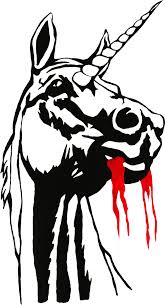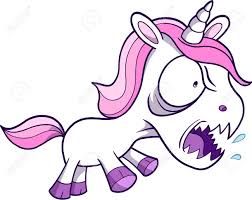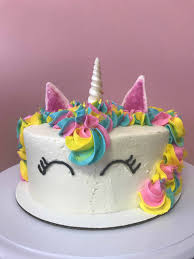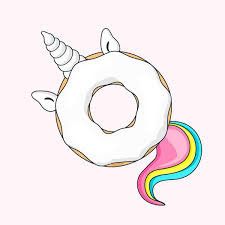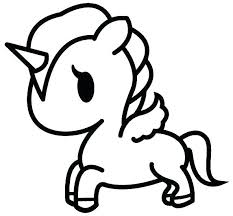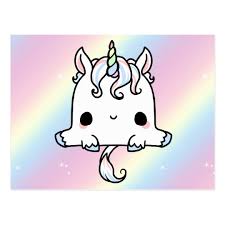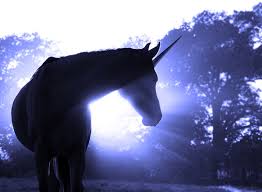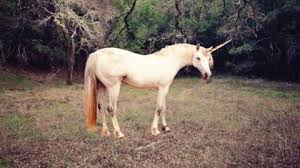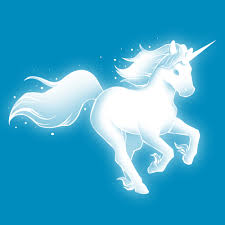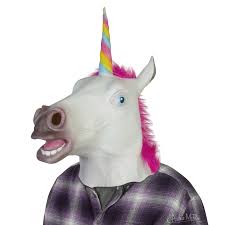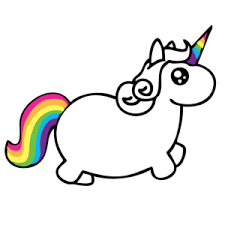Zine: tell me a visual story
- Corrina Crazie Espinosa
- Aug 22, 2021
- 5 min read
Updated: Sep 16, 2025

Project 1 A Zine - Tell me a visual story. You will make an 12 - 16 page zine (how ambitious are you?)
Start by brainstorming to decide your theme/concept. This is the most important part. Remember that art is language, so what do you want to say?
Next begin creating a series of 6-8 digital collages in Photoshop AND 6-8 digital drawings in Illustrator.
Make 2 more images any way that you like (photoshop or illustrator) for the front and back cover.
Use text sparingly, focus on the visual elements. Integrate all text into the design, no captions or narration.
Consider the elements and principles of design.
Themes can be simple (coffee, cats, the color blue, abstract shapes, I like circles, etc.) or more complex (a narrative, a series of selfies, a comic, why do we exist, what is love, why are we here, is there a god, why does this dystopia suck so bad? Is Elvis really just chillin 'with Tupac somewhere in Brazil? etc.)
You can also make it interactive.
Next, turn your still images into a zine, print it in color, make a minimum of 5 copies (one for you and one for me and at least 3 to trade), post all of your images on your blog with your artist statement.
At the end of critique we can do a class zine exchange that would be awesome, a mini ZINE PARTY!

First, let's talk about images.
This is a painting by Anton von Maron, Portrait of Johann Joachim Winckelmann, 1768, What do you notice about this image?
Let's discuss....
What can you tell about this person?
How can you tell?
What is going on here?
What is important in this picture?
Now compare and contrast it with the image below:

This is a photo of an installation by Artist Erik Kessels.
What can you tell about this person?
How can you tell?
What is going on here?
What is important in this picture?
Here is a statement from the artist:
"We’re exposed to an overload of images nowadays. This glut is in large part of the result of image-sharing sites like Flickr, networking sites like Facebook and Instagram and picture-based search engines. Their contact mingles the public and private, with the very personal being openly displayed. By printing 350.000 images, uploaded in a twenty-four hours period, the feeling of drowning in representations of other peoples’ experiences is visualized."
With this project, consider the sacredness vs. the oversaturation of images.
Can images still be sacred?
What makes an image sacred to you?
Deception Aesthetic, lies vs. truth
All Art is illusion-- lies, deception, trickery... Consider the much-discussed painting, The Treachery of Images ("Ceci n'est pas une pipe"; "This is not a pipe"), by the French surrealist painter, René Magritte (1898-1967).

This is not a pipe. What is this? What is a pipe? You cannot pack tobacco into this, you cannot light it, you cannot puff smoke out of it. This is NOT a pipe. It is a metaphor, it is a representation, it is a symbol, it is an illusion, a lie, trickery...

What is this?
How do you know?
Are you sure?

what about this?
is this the same?

What is this?
How do you know?
Is the meaning different?

so then, what is this?
how do you know?
Does it mean the same thing?

what about this?
which ones are real?
which ones are lies?
What are these?
How do you know?
What's the true version?
Is there a true version? Is there truth? is everything an illusion that shifts with perspective?
The Artist as MAGICIAN: How to create illusions?
If all art is illusion, how to we harness the power of this magic? With the elements and principles of art/design!
"The elements of art are the visual tools that the artist uses to create a composition. These are line, shape, color, value, form, texture, and space.
The principles of art represent how the artist uses the elements of art to create an effect and to help convey the artist's intent."
Marder, Lisa. "The 7 Principles of Art and Design." ThoughtCo, Jul. 30, 2021, thoughtco.com/principles-of-art-and-design-2578740.

Elements and Principles of design resources:
Visual Literacy
Put it all together to tell a visual story:

Watercolor Illustration
by Julia Henze

Digital Artist Tithi Luadthong from Thailand
More here:

Arthur Dorval - Sans Titre

Hieronymus Bosch The Garden of Earthly Delights
Get a closer look with a virtual tour of the



Emancipating the Past: Kara Walker's Tales of Slavery & Power
Text and visual communication...
Sometimes text and captions are appropriate, depending on what you are trying to accomplish. For things like book covers, movie posters, flyers text can convey important information that is necessary. Sometimes the text is primary and the visual aspects of a design support the text. For this project text is optional, secondary and should be used minimally. If you choose to use text, avoid blatant captions and try to integrate it into the design. Below are some examples of text and images. Which ones do you think are integrated in the design? Which ones are not?
ZINES!!
What exactly is a zine?
A zine is most commonly a small circulation publication of original or appropriated texts and images. More broadly, the term encompasses any self-published unique work of minority interest, usually reproduced via photocopier.
Zines Highlight Marginalized Voices
Sweaty music venues, photocopiers, riot grrrls — these are the images that likely come to mind when you think of zines. Though the women-fronted punk rock movement of the early ’90s is often thought of as the time when zine culture thrived, the reality is that zines have long been a way for marginalized communities to record their stories, spread information, and organize. From the wood-printed abolitionist pamphlets created by the American Anti-Slavery Society in the 1830s to La Catrina satirical cavalera cartoons made and distributed by José Guadalupe Posada in the 1900s to the handouts the Black Panther Party disseminated in the ’60s, zine culture as we know it today was created by, and built to fit, the political and social needs of communities of color.
Zines were made for subcultures, the underdogs. Zines gave voices to the marginalized long before Facebook or Twitter.
You too can make a zine, here is a little bit about HOW...
template examples:




Zine making resources:
Some inspiration to get you going!
It's an art project! Push the boundaries, take risks, use humor, be dark, be eccentric, be passionate, make what you love, be weird or odd or strange or COOL! Be you! And remember, anything can be art.
My dear friend and art partner! Let yourself play :)
Reading assignment:
Read this short article and be prepared to discuss it in class next time we meet
Respond to the article with 250 words, +2 visual aids and post it to your blog with the title "Reading Blog #1"
**See class schedule for due date


